High performance data processing of distributed database and multi-core processor based on particle swarm optimization
DOI: 10.23977/jeis.2023.080408 | Downloads: 24 | Views: 1236
Author(s)
Lixia Liu 1
Affiliation(s)
1 College of Information Engineering, Engineering University of PAP, Xi'an, Shaanxi, 710086, China
Corresponding Author
Lixia LiuABSTRACT
As a product of the combination of computer network technology and database technology, distributed database system has the characteristics of independence and transparency, centralized node combination, replication transparency and easy expansion. However, due to its complex access structure, distributed database system naturally has a high demand for query optimization. This paper proposes a high-performance data processing method between distributed database and multi-core processors based on PSO (Particle Swarm Optimization) to solve the task scheduling problem between multi-core processors. Inertia weight is introduced, which is added to the speed of particle flight to adjust the global and local search ability of stationary particles. The research results show that this method reduces the error rate of database query, and the overall performance of database query method is better. The improved PSO algorithm improves the searching ability of particles by dynamically adjusting the inertia weight. Therefore, the improved PSO is a high-performance algorithm to solve the real-time task scheduling problem of multi-core processors.
KEYWORDS
Particle swarm optimization; distributed database; multi-core processorCITE THIS PAPER
Lixia Liu, High performance data processing of distributed database and multi-core processor based on particle swarm optimization. Journal of Electronics and Information Science (2023) Vol. 8: 45-51. DOI: http://dx.doi.org/10.23977/10.23977/jeis.2023.080408.
REFERENCES
[1] Mohsin, S. A., Darwish, S. M., & Younes, A. (2021). Qiaco: a quantum ant system for query optimization in relational database. IEEE Access, (99), 1-1.
[2] Kim, H. J., & Kang, S. (2011). Communication-aware task scheduling and voltage selection for total energy minimization in a multiprocessor system using ant colony optimization. Information Sciences, 181(18), 3995-4008.
[3] Mahmood, A., Khan, S., Albalooshi, F., & Awwad, N. (2017). Energy-aware real-time task scheduling in multiprocessor systems using a hybrid genetic algorithm. Electronics, 6(2), 40.
[4] Guan, F., Qiao, J., & Wang, H. (2021). A multiprocessor real-time scheduling embedded testbed based on linux. International Journal of Embedded Systems, 14(5), 451.
[5] Davis, R. I., & Burns, A. (2011). Priority assignment for global fixed priority pre-emptive scheduling in multiprocessor real-time systems. Real-Time Systems, 47(1), 1-40.
[6] Malik, A., & Gregg, D. (2015). Heuristics on reachability trees for bicriteria scheduling of stream graphs on heterogeneous multiprocessor architectures. Acm Transactions on Embedded Computing Systems, 14(2), 1-26.
[7] Davis, R. I., & Burns, A. (2011). Improved priority assignment for global fixed priority pre-emptive scheduling in multiprocessor real-time systems. Real-time systems(1), 47.
[8] Rincon C., C. A., Zou, X., & Cheng, A. M. K. (2017). Real-time multiprocessor scheduling algorithm based on information theory principles. IEEE Embedded Systems Letters, (4), 1-1.
[9] Chon, H., & Kim, T. (2010). Resource sharing problem of timing variation-aware task scheduling and binding in mpsoc. Computer Journal, 53(7), 883-894.
[10] Shujuan, H., & Yian, Z. (2012). Improving multi-core scheduling method through using pptt (parallel priority task tree) model. Journal of Northwestern Polytechnical University, 30(5), 652-656.
| Downloads: | 13850 |
|---|---|
| Visits: | 586912 |
Sponsors, Associates, and Links
-
Information Systems and Signal Processing Journal
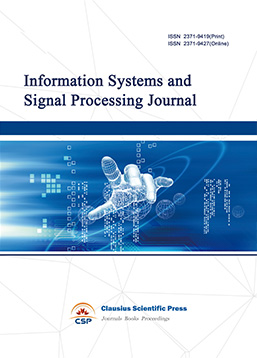
-
Intelligent Robots and Systems
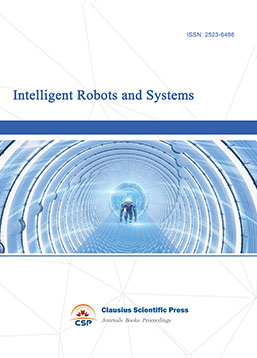
-
Journal of Image, Video and Signals

-
Transactions on Real-Time and Embedded Systems
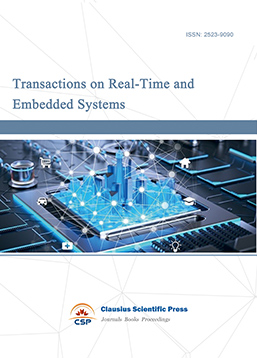
-
Journal of Electromagnetic Interference and Compatibility
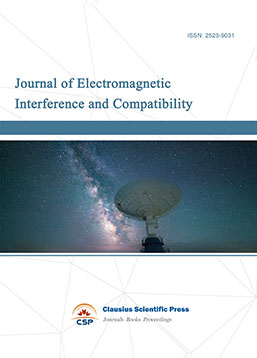
-
Acoustics, Speech and Signal Processing
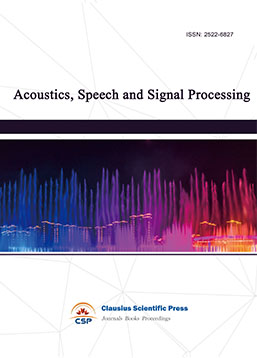
-
Journal of Power Electronics, Machines and Drives
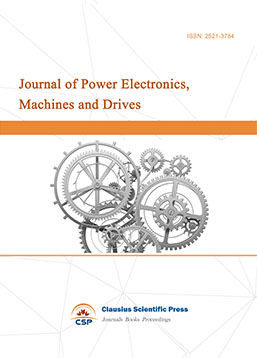
-
Journal of Electro Optics and Lasers
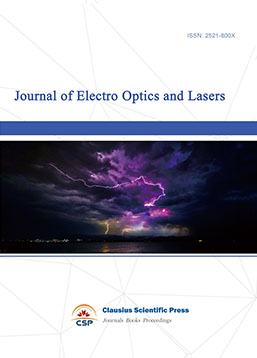
-
Journal of Integrated Circuits Design and Test
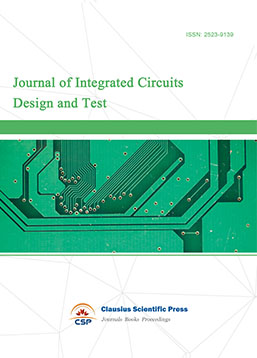
-
Journal of Ultrasonics
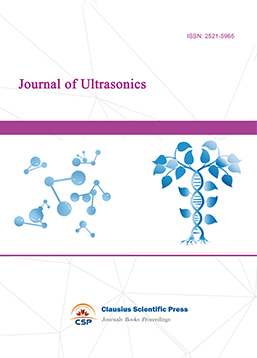
-
Antennas and Propagation
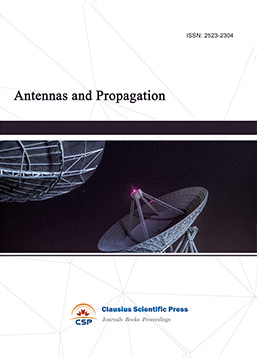
-
Optical Communications
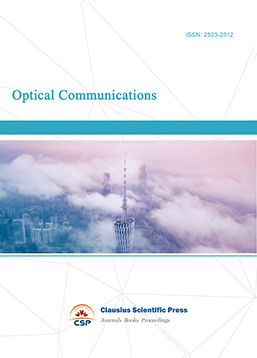
-
Solid-State Circuits and Systems-on-a-Chip
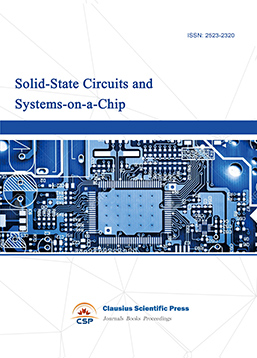
-
Field-Programmable Gate Arrays
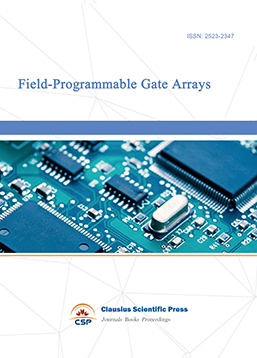
-
Vehicular Electronics and Safety

-
Optical Fiber Sensor and Communication
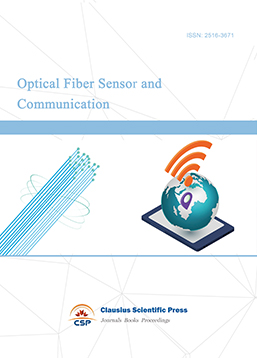
-
Journal of Low Power Electronics and Design
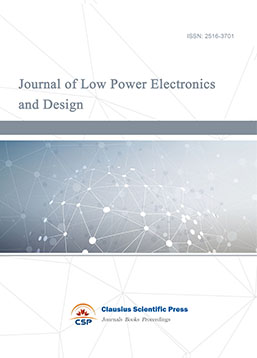
-
Infrared and Millimeter Wave
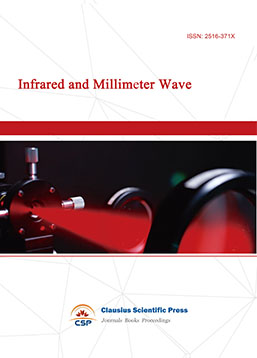
-
Detection Technology and Automation Equipment

-
Journal of Radio and Wireless
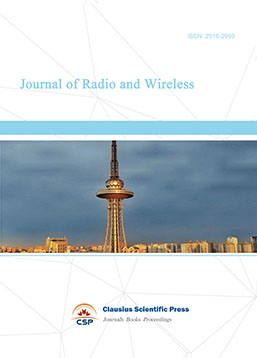
-
Journal of Microwave and Terahertz Engineering
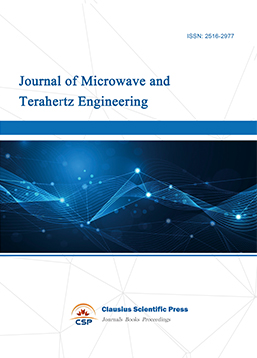
-
Journal of Communication, Control and Computing
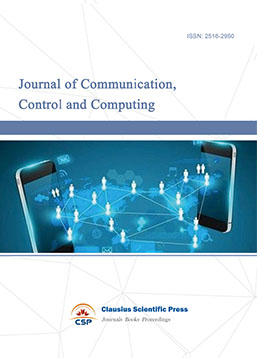
-
International Journal of Surveying and Mapping
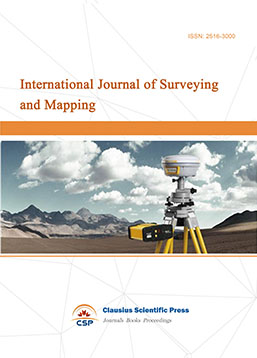
-
Information Retrieval, Systems and Services
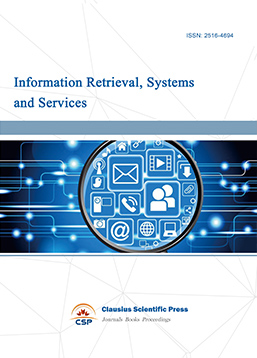
-
Journal of Biometrics, Identity and Security
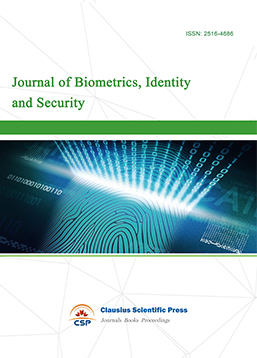
-
Journal of Avionics, Radar and Sonar
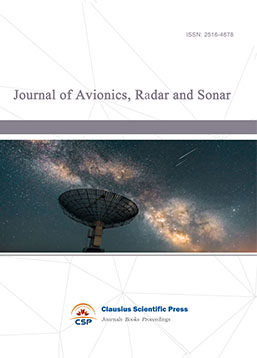

 Download as PDF
Download as PDF